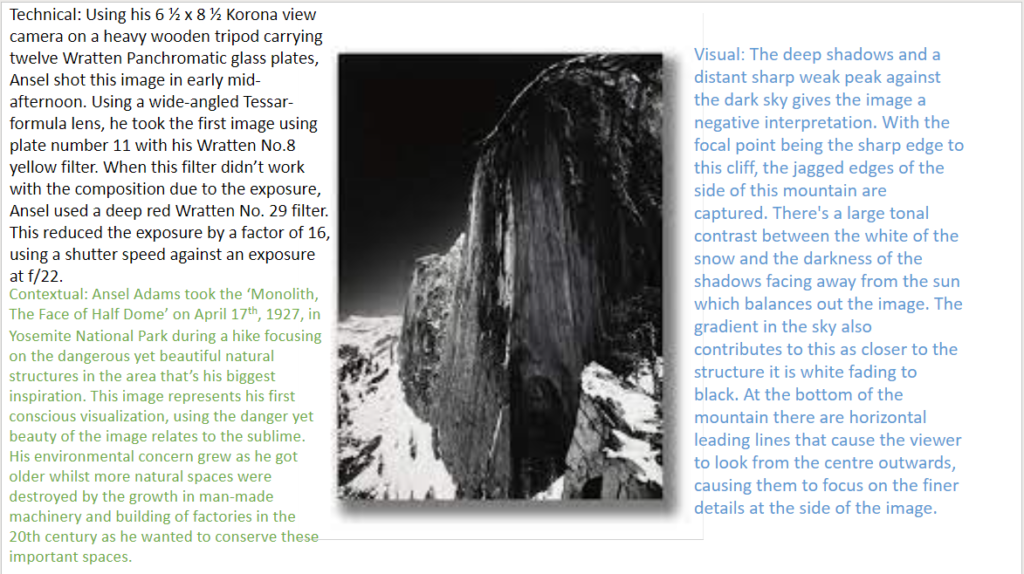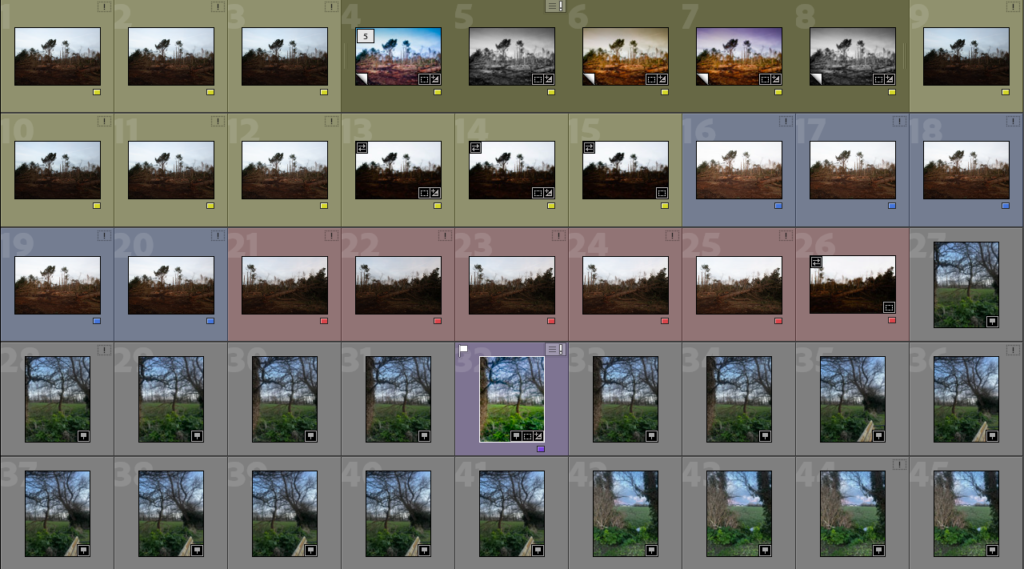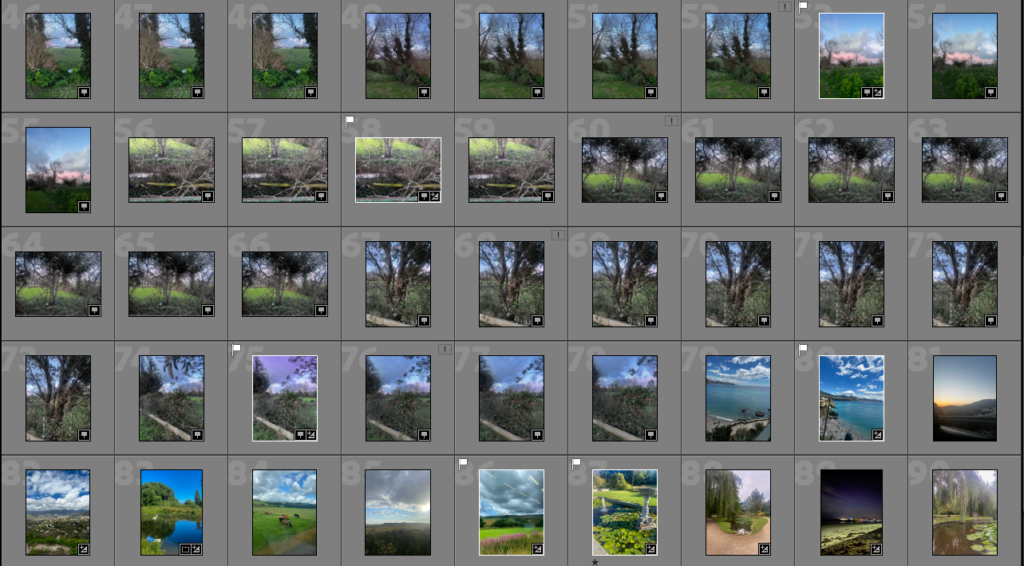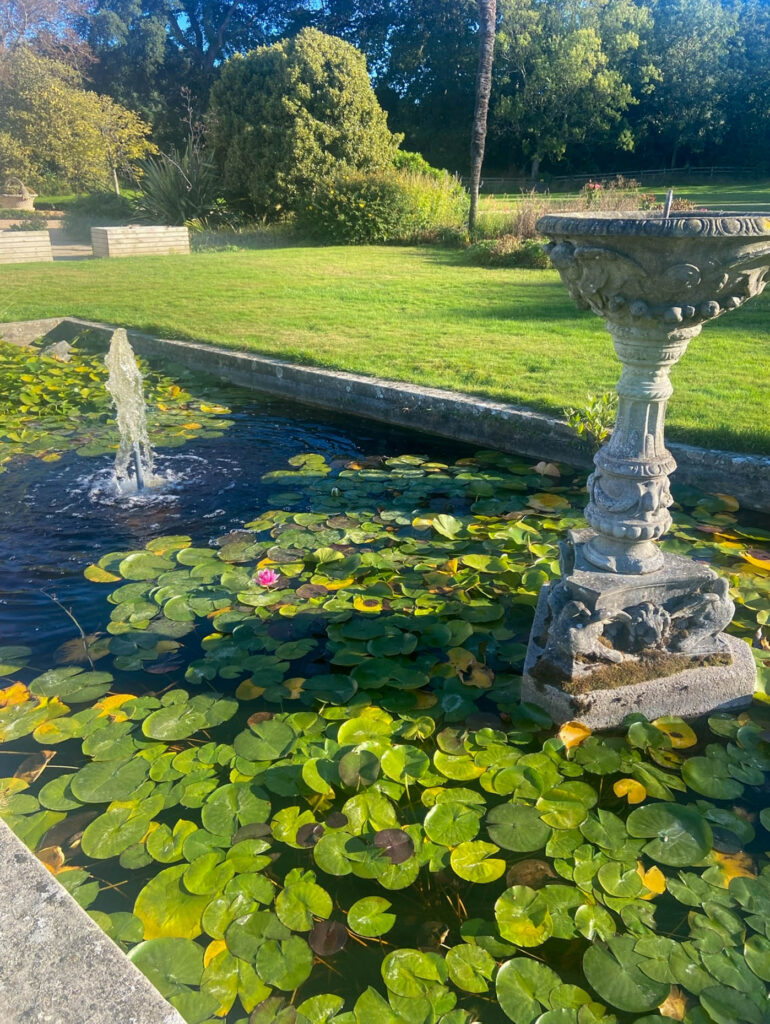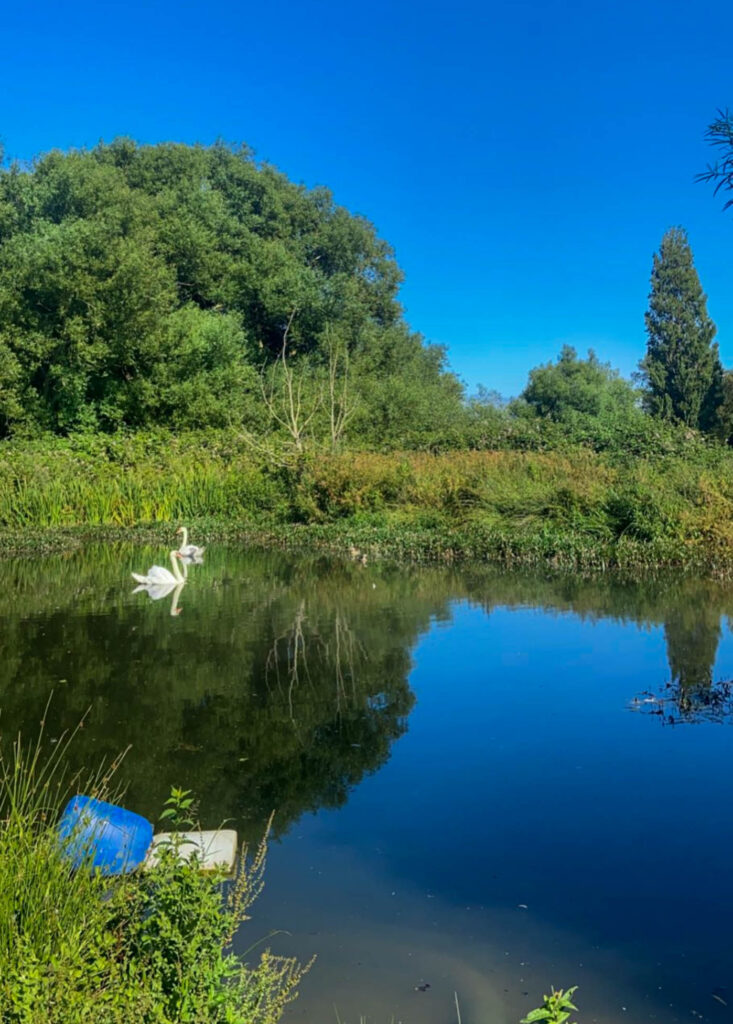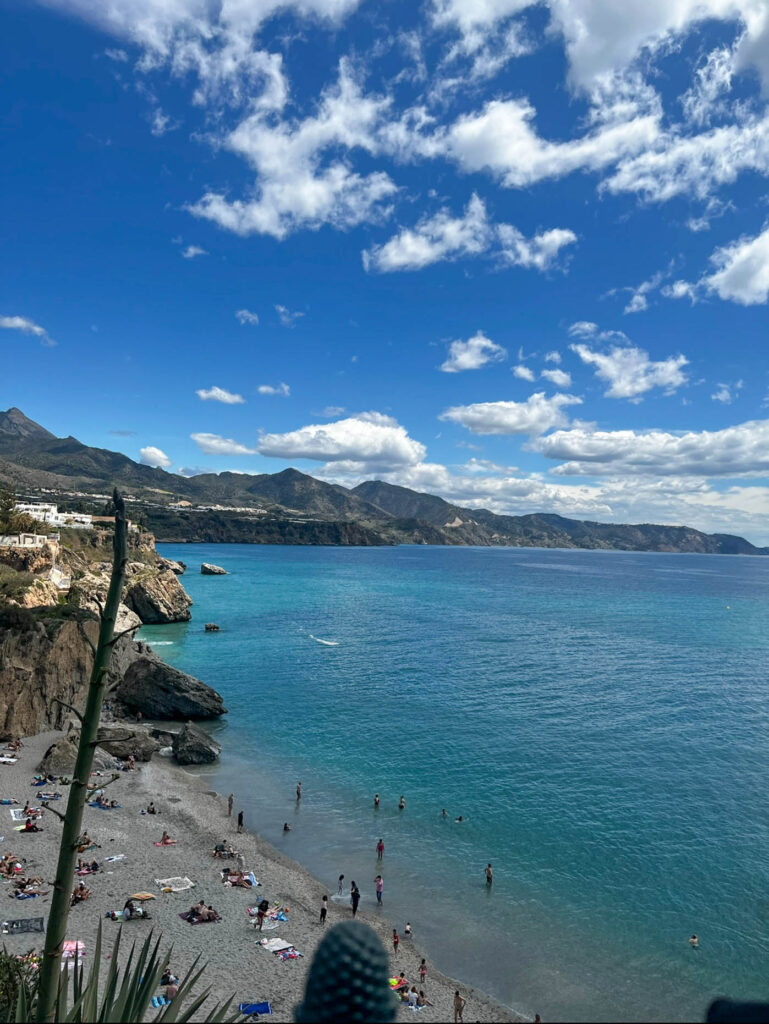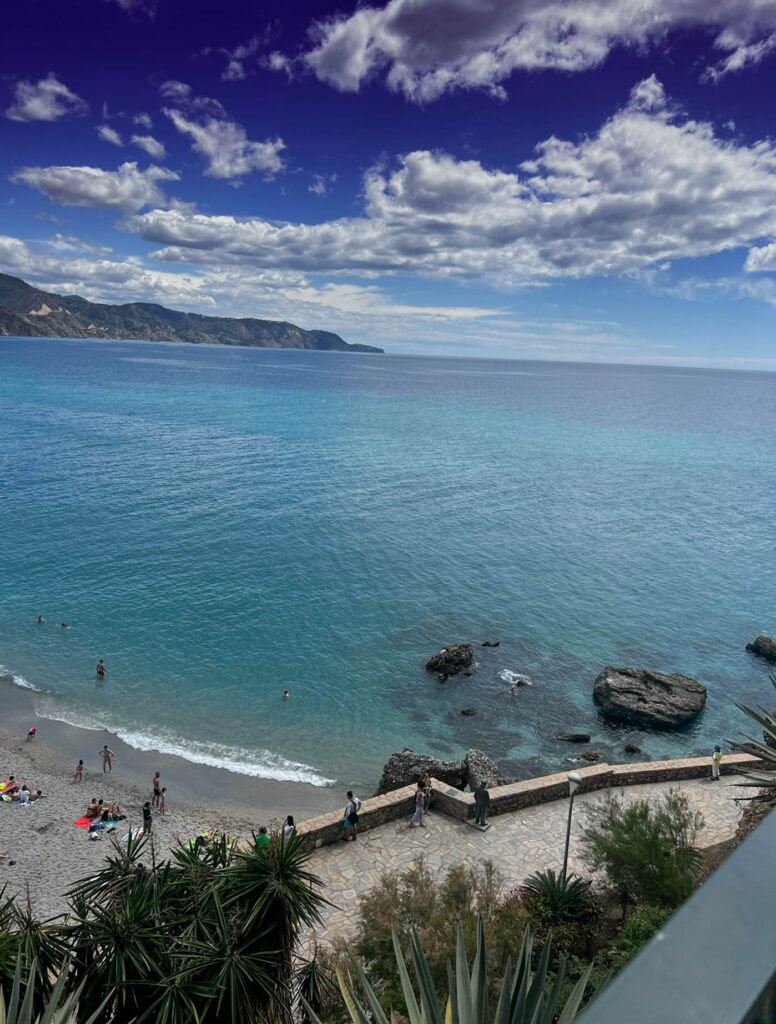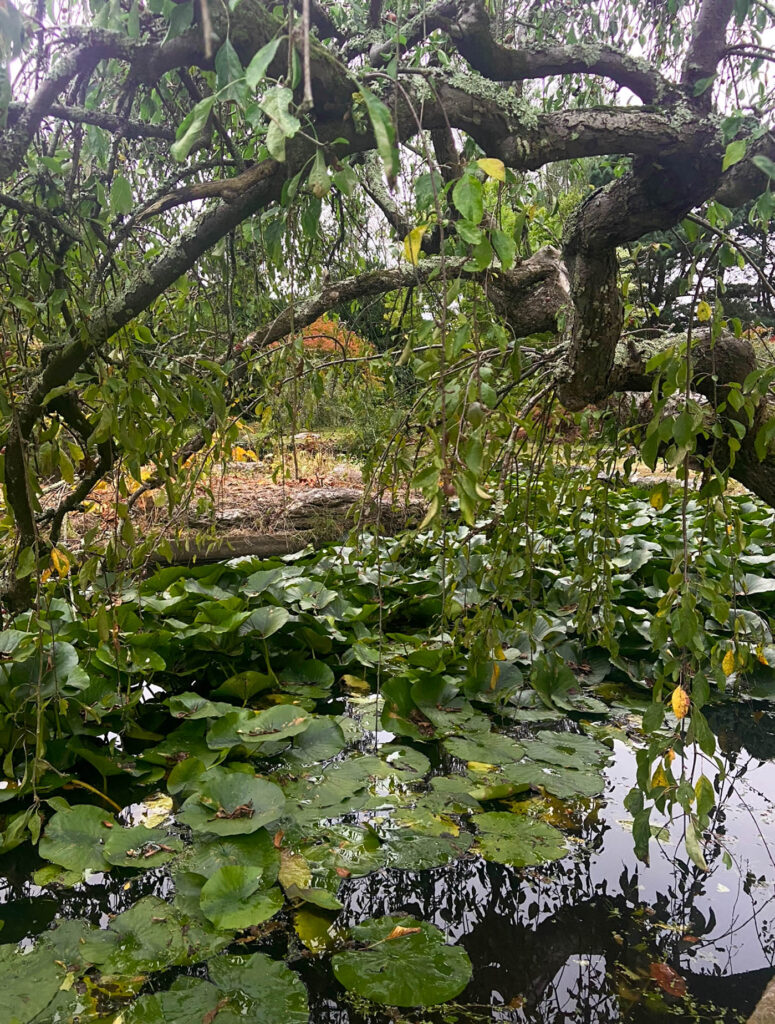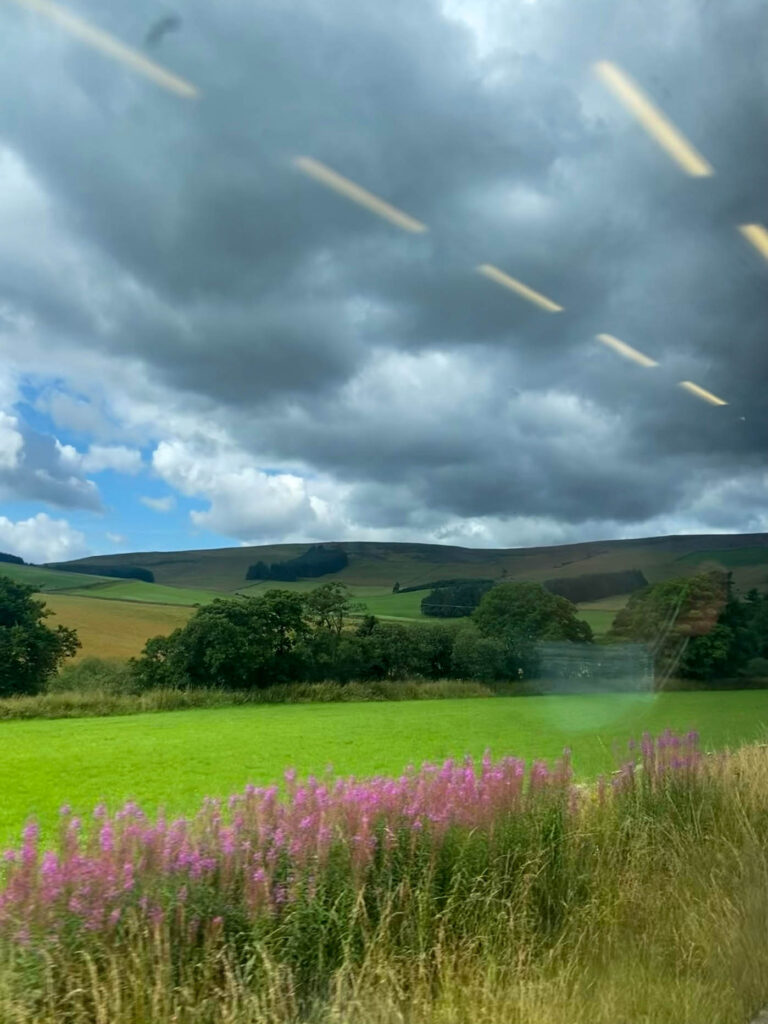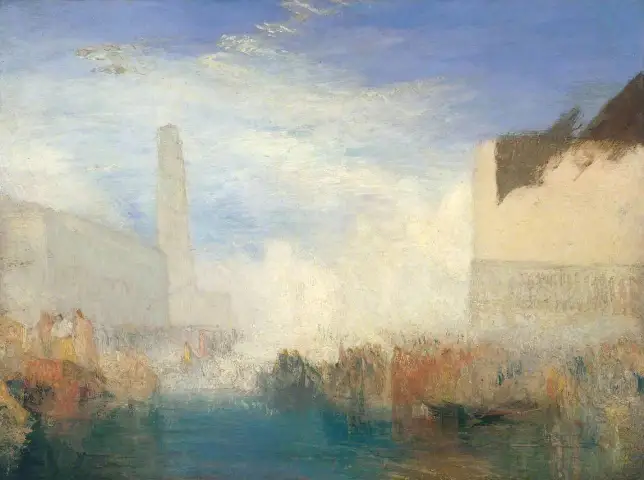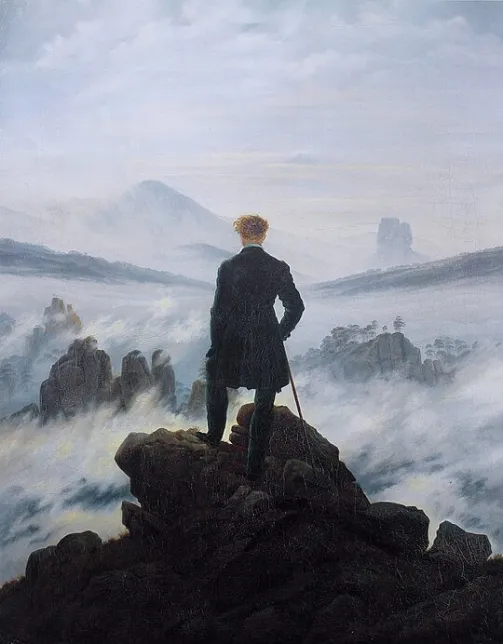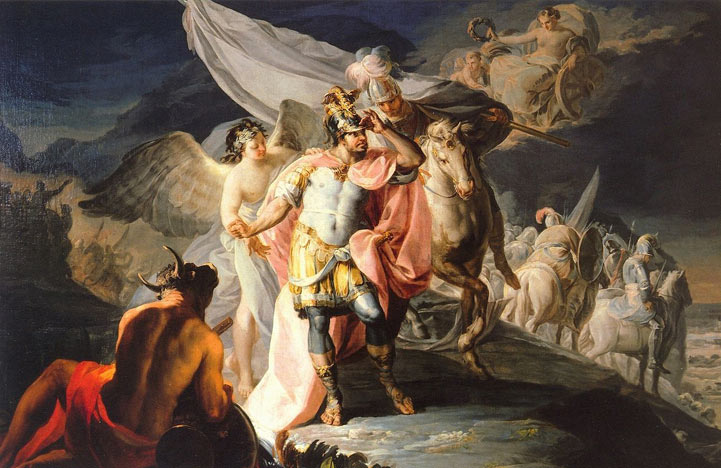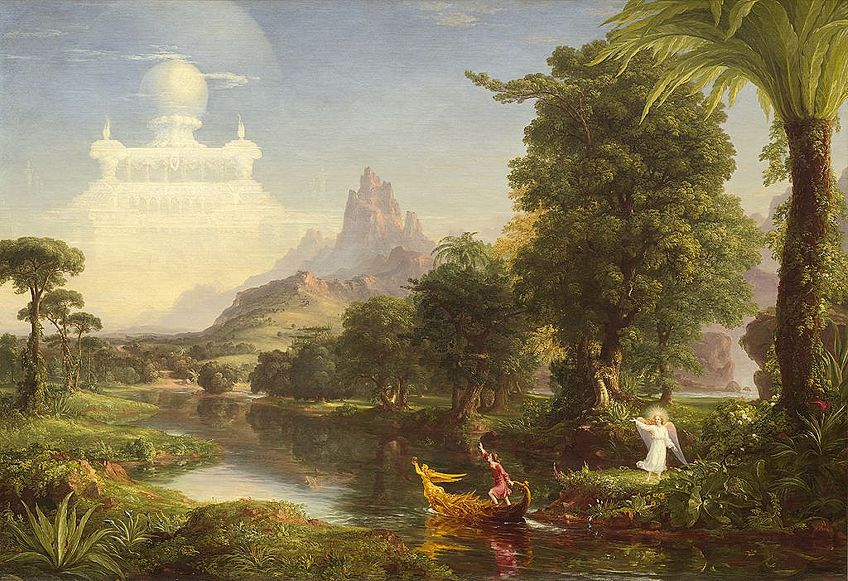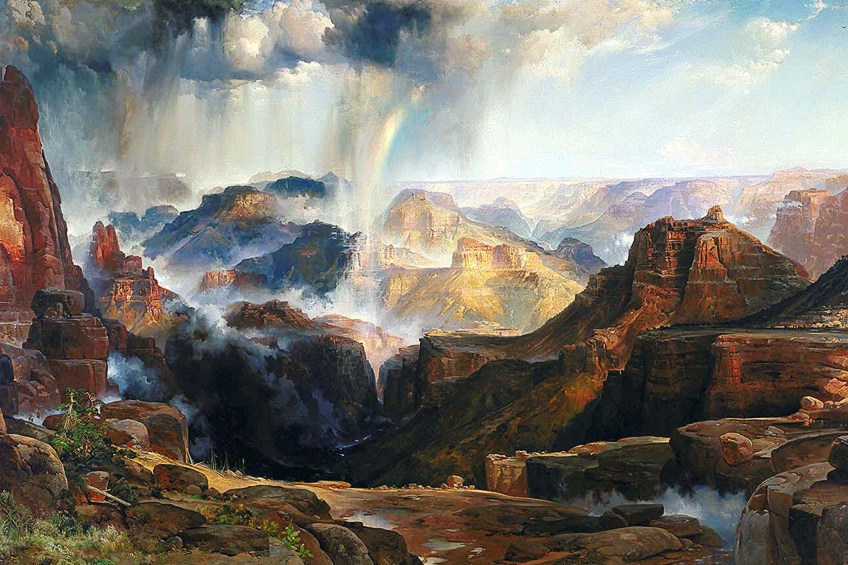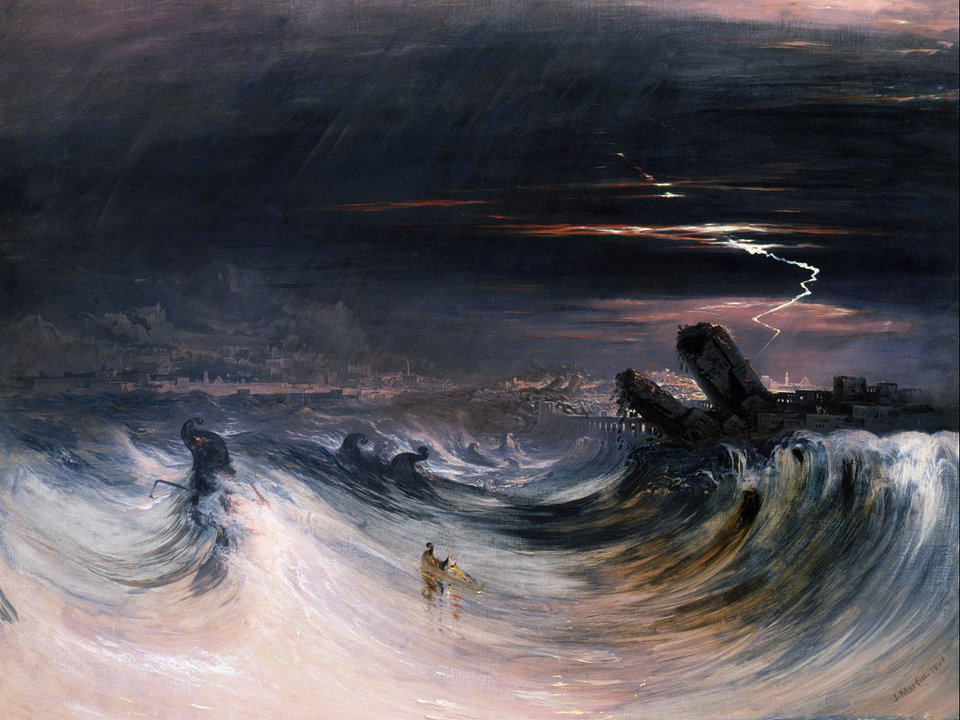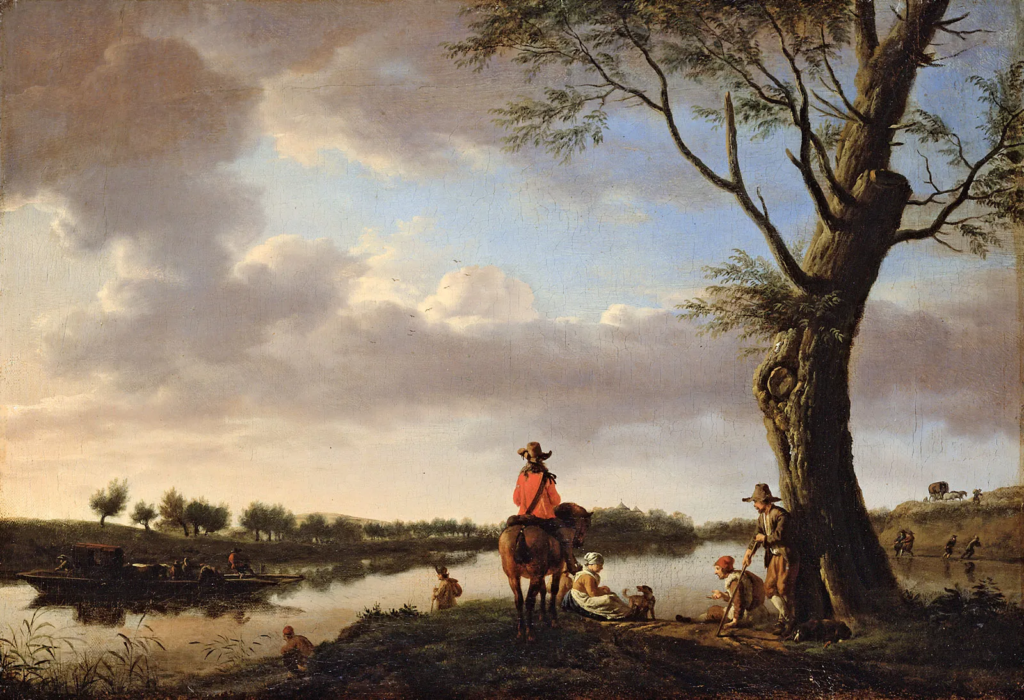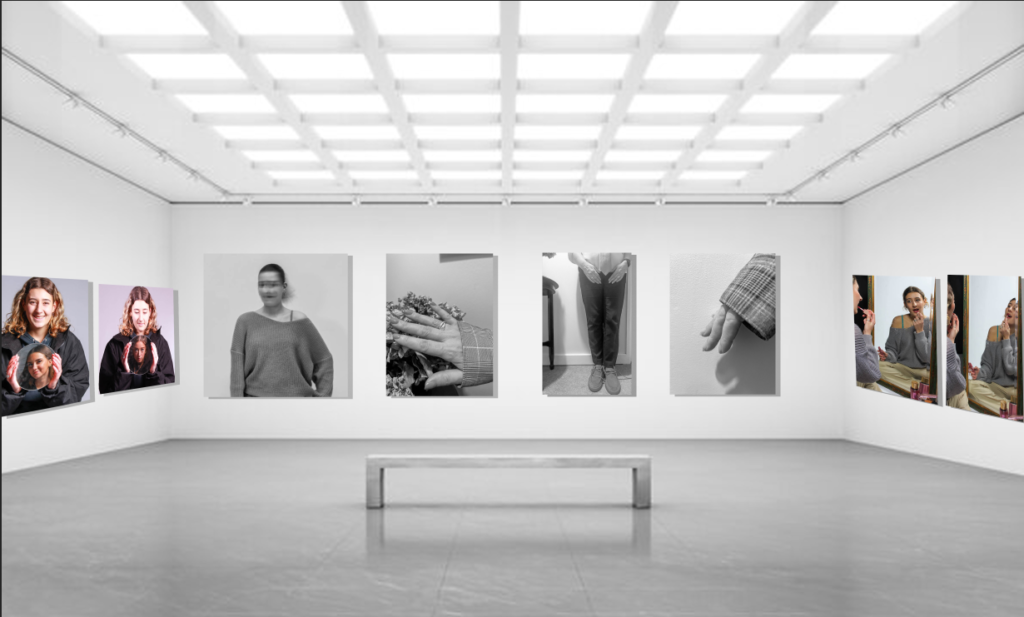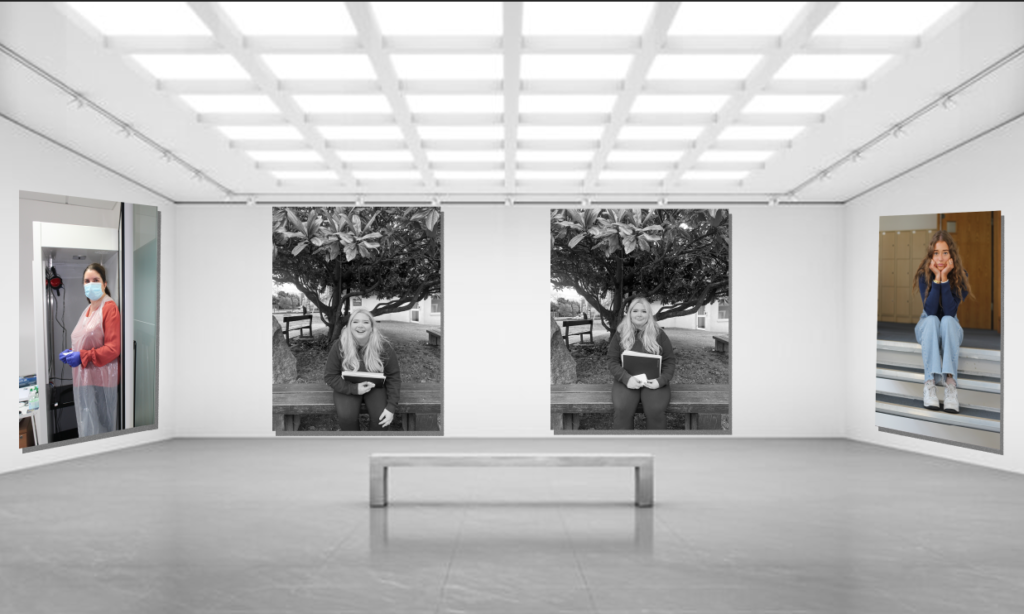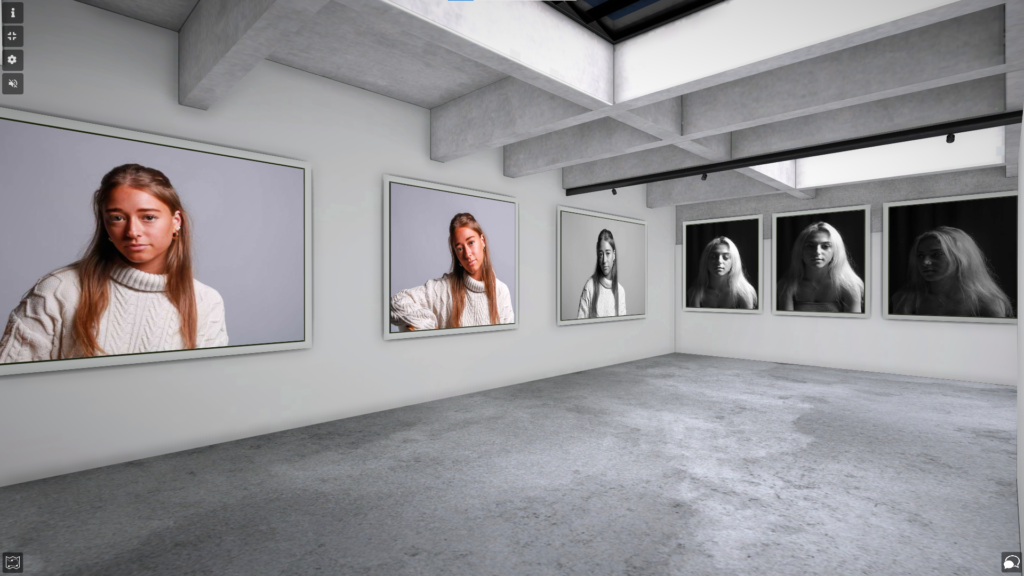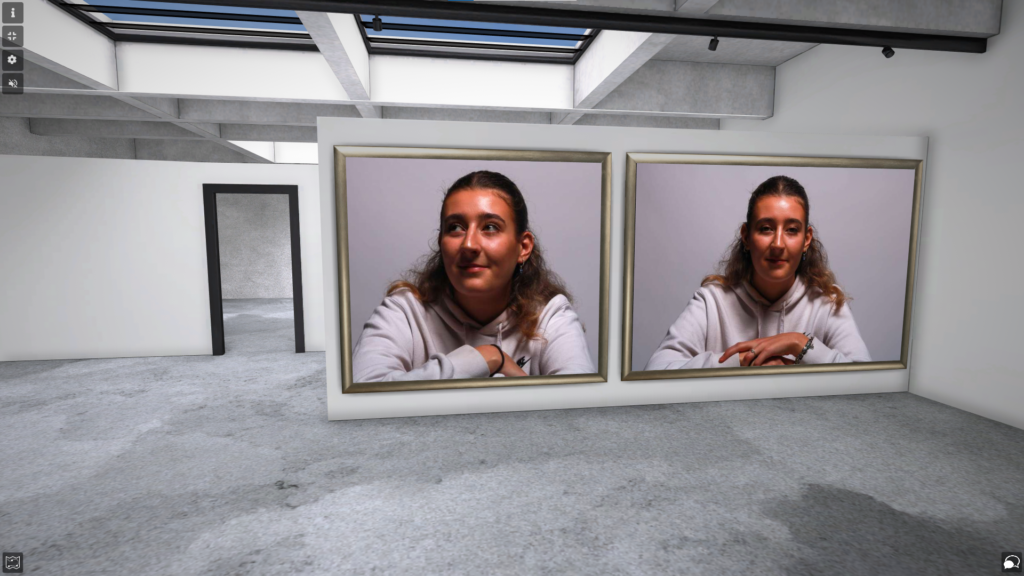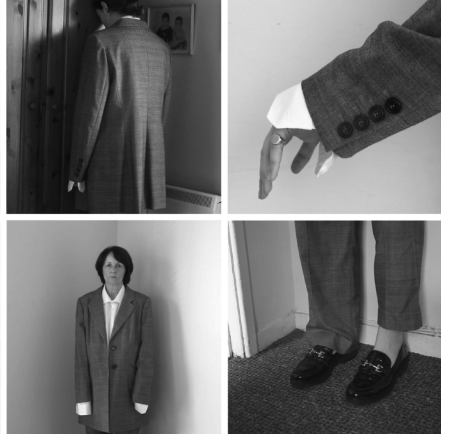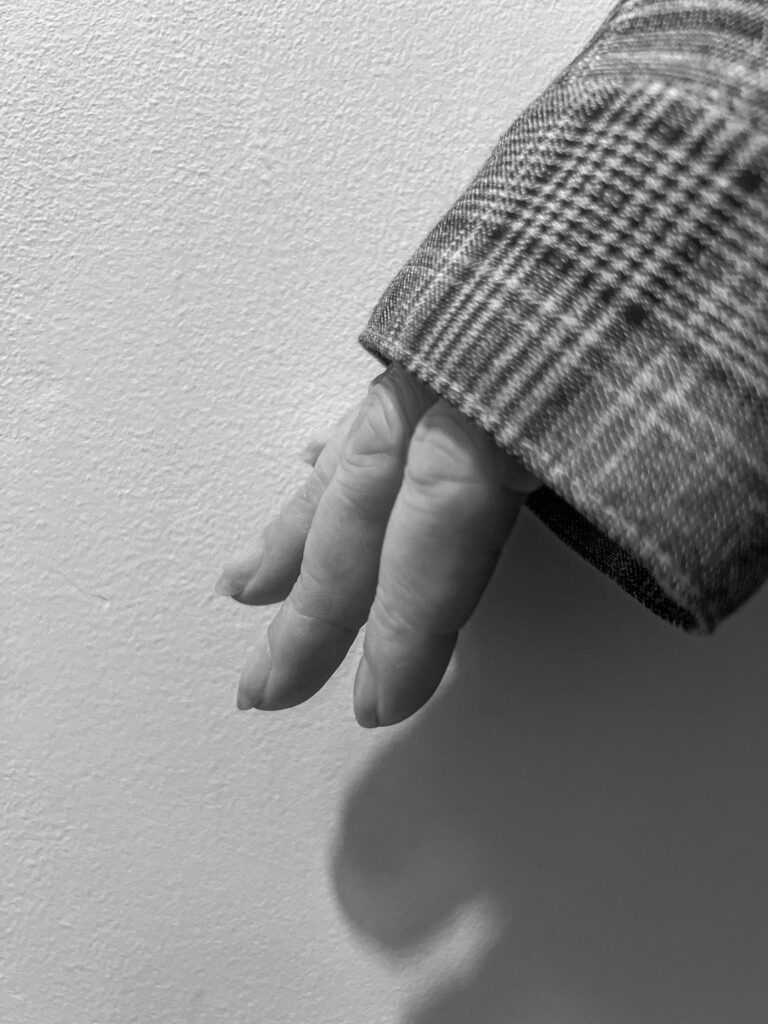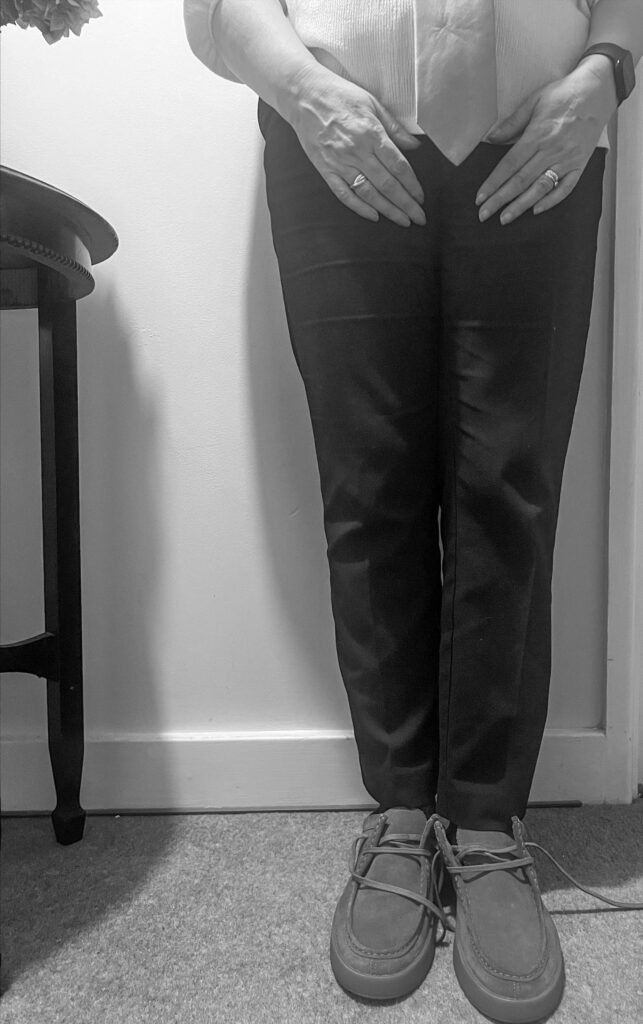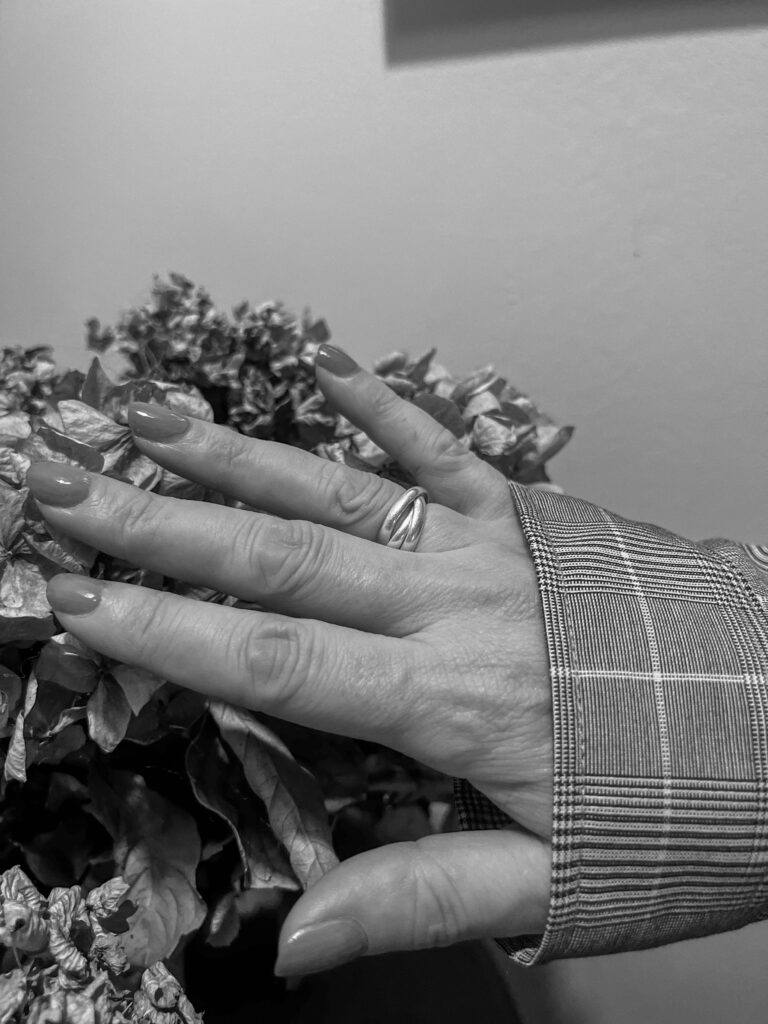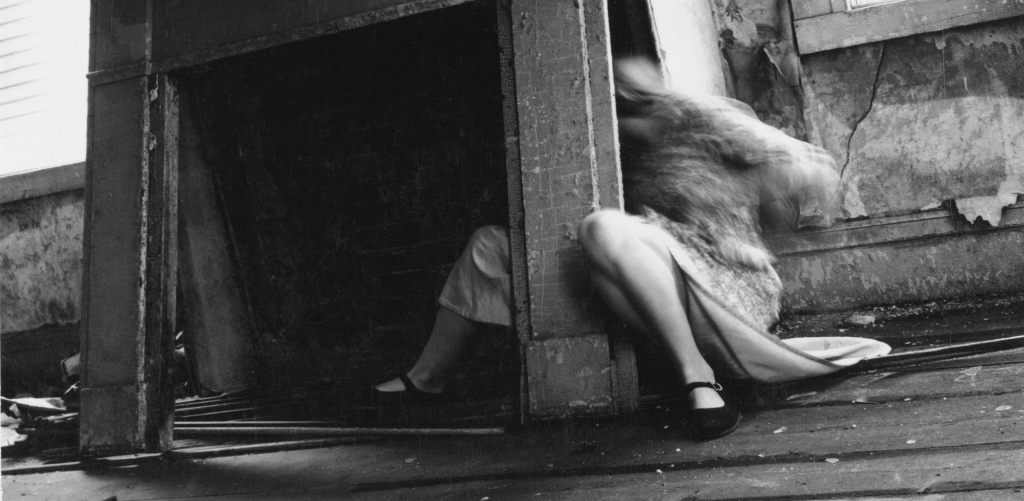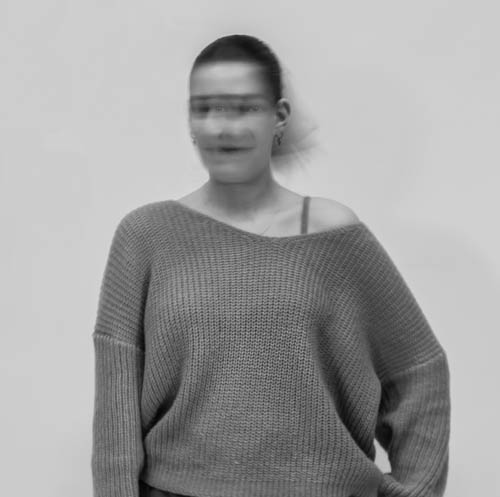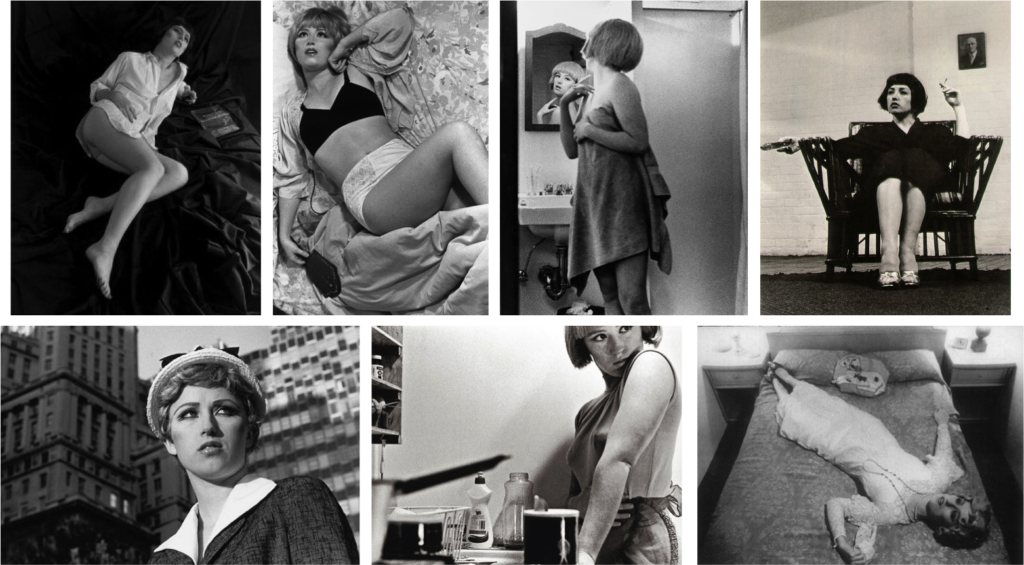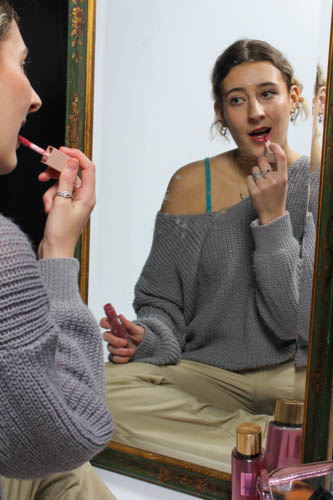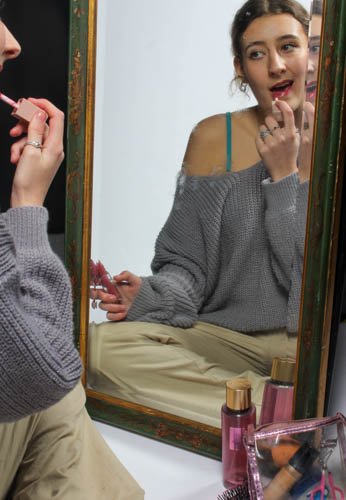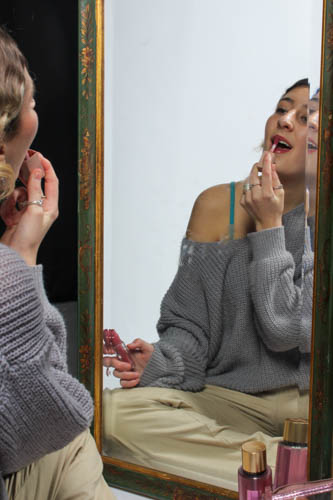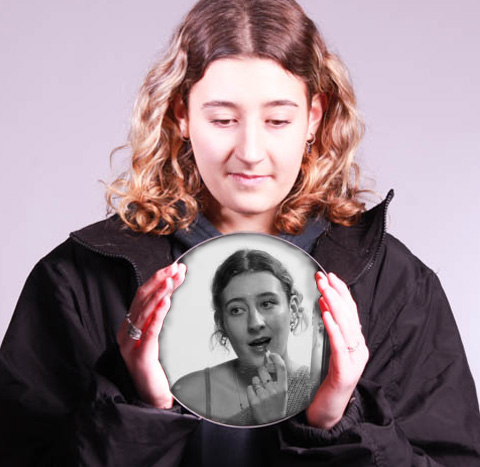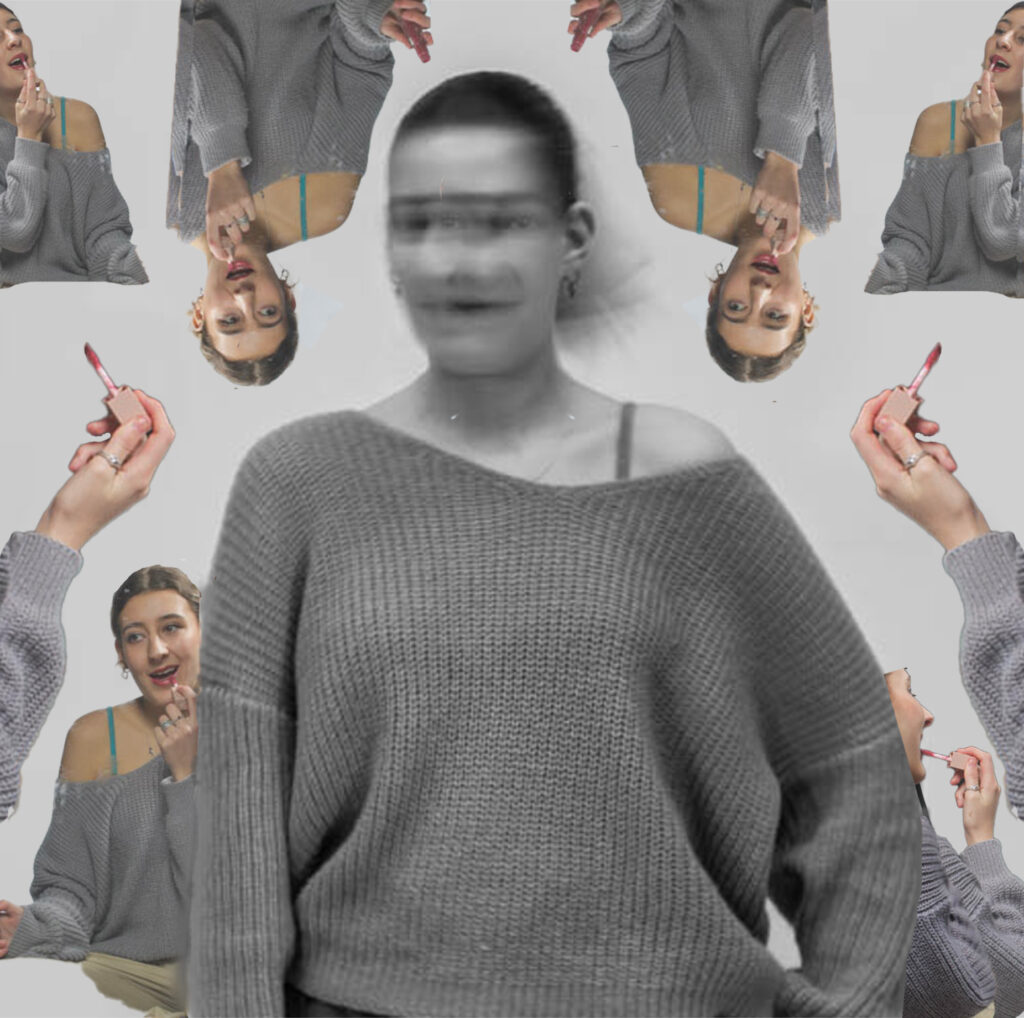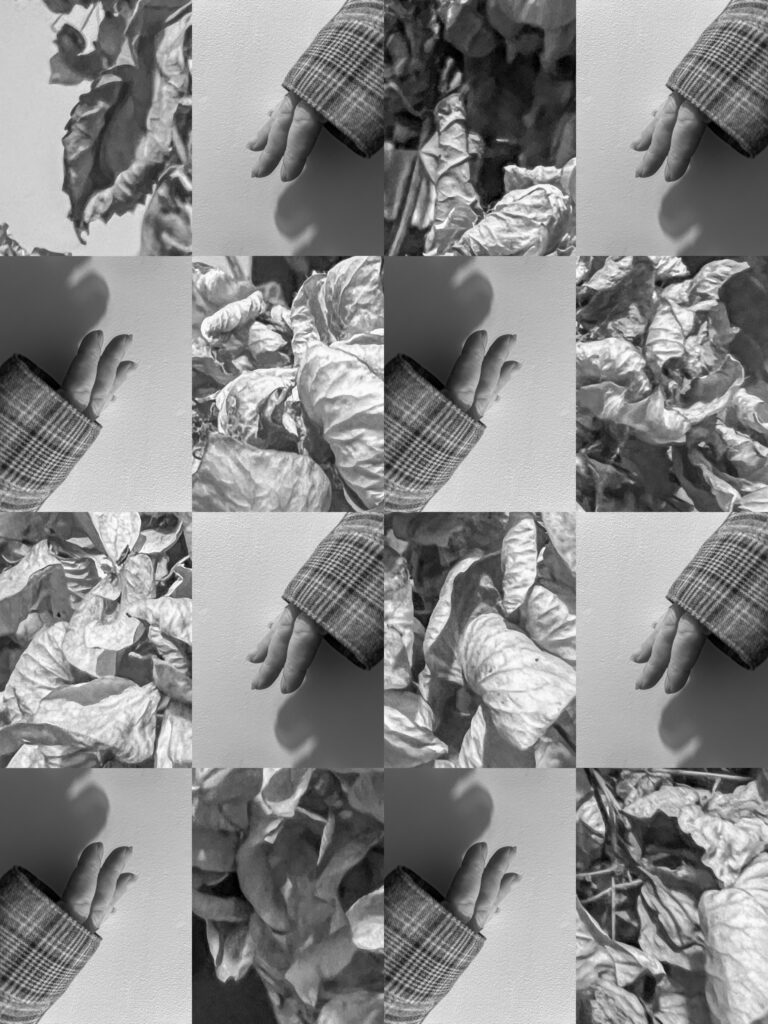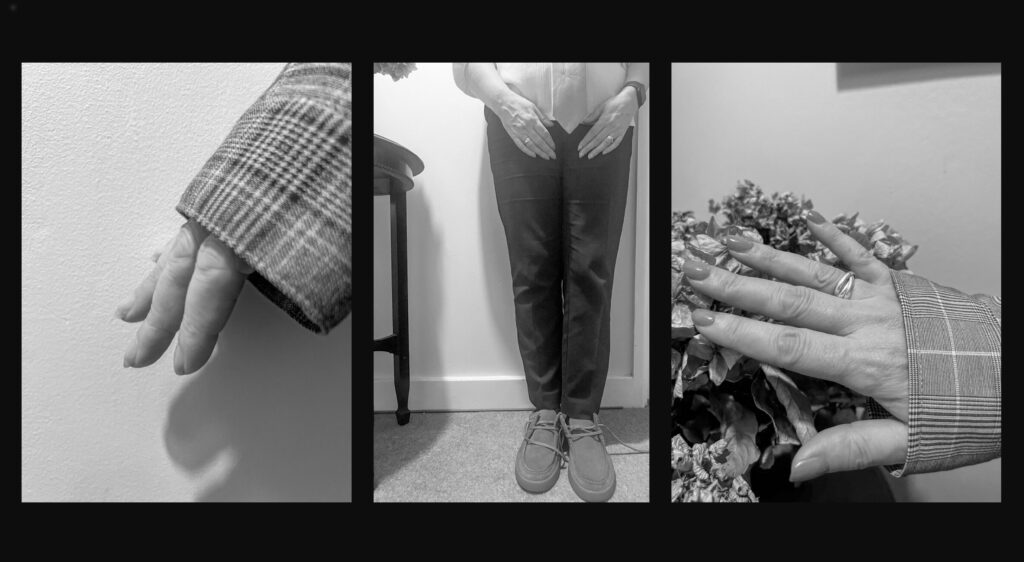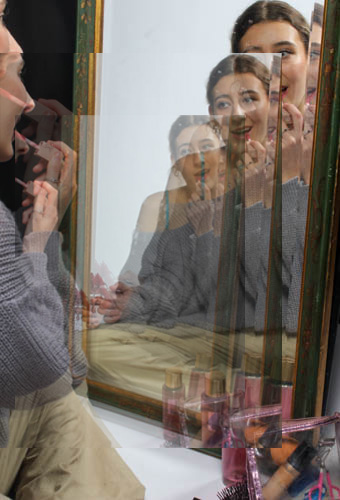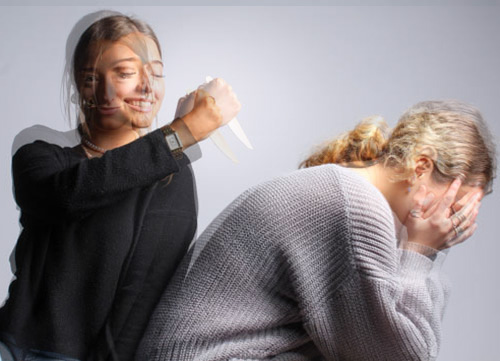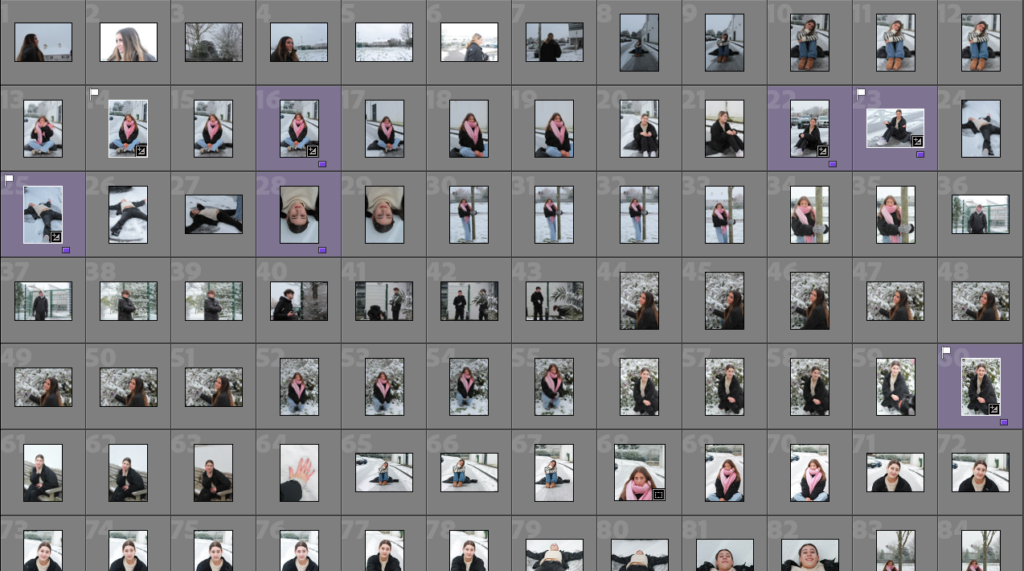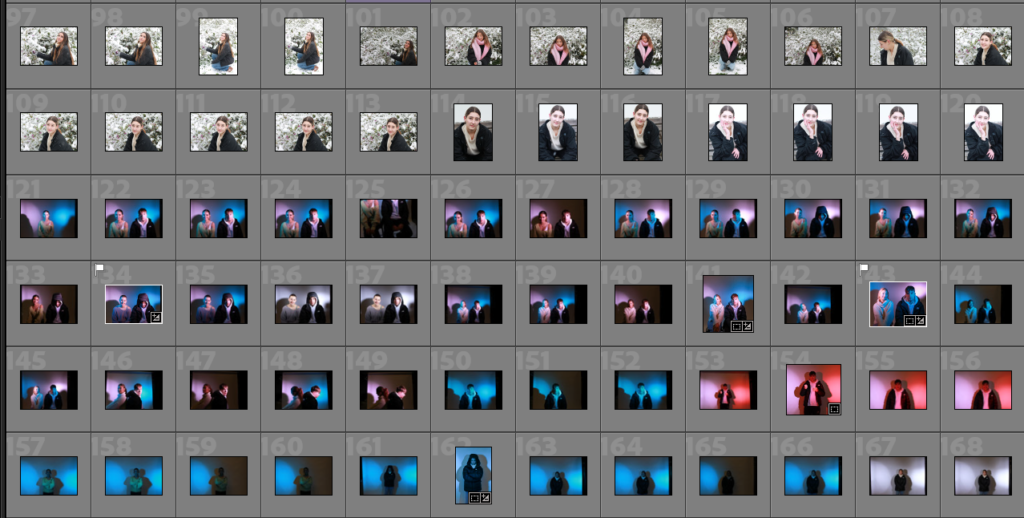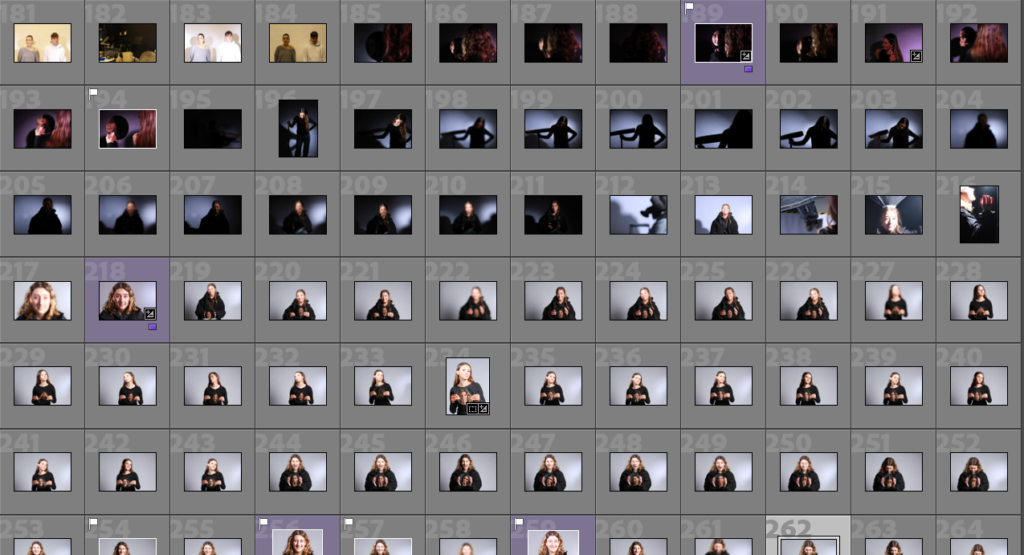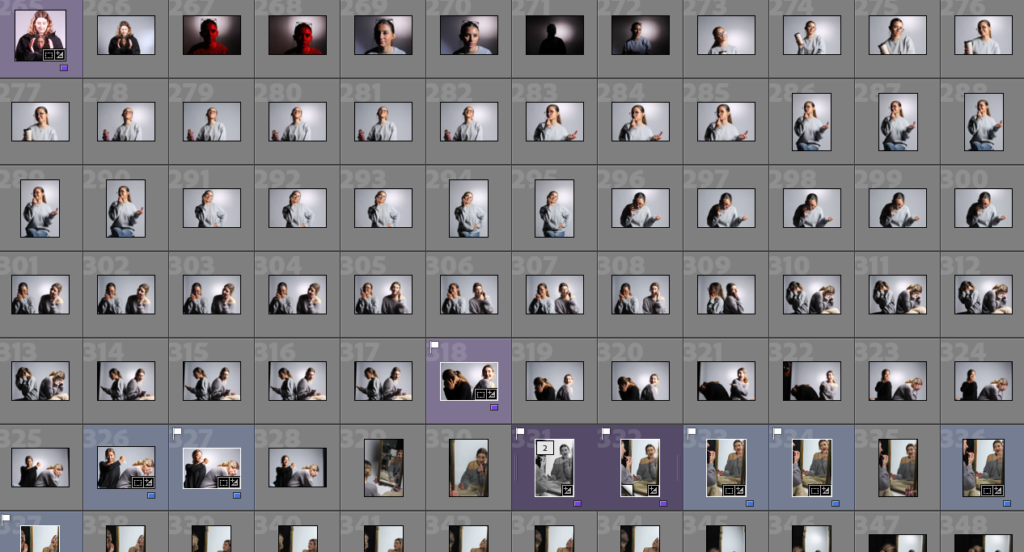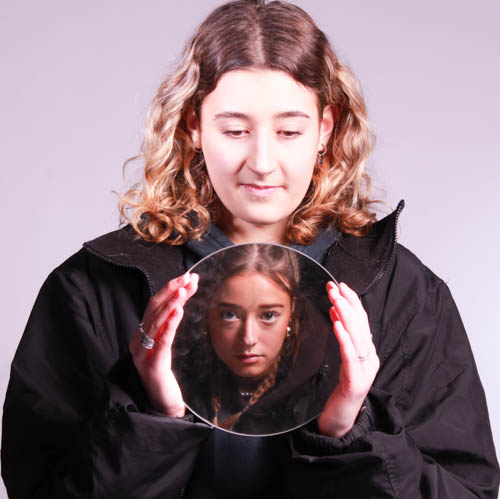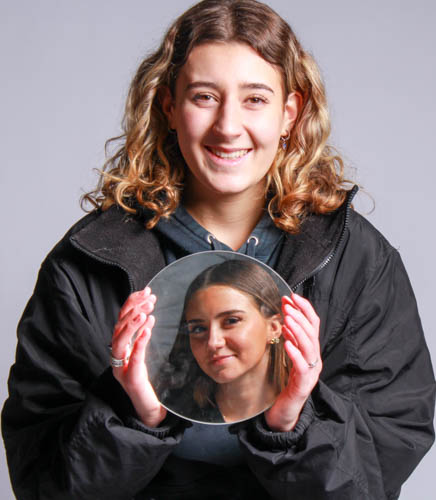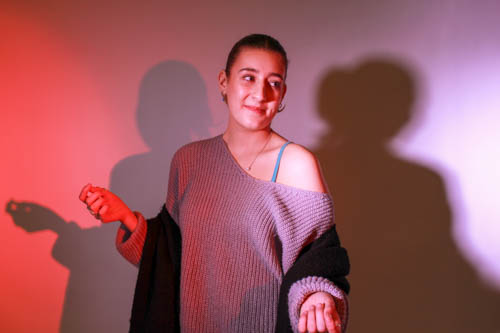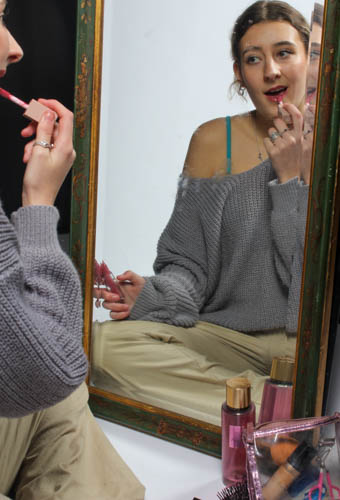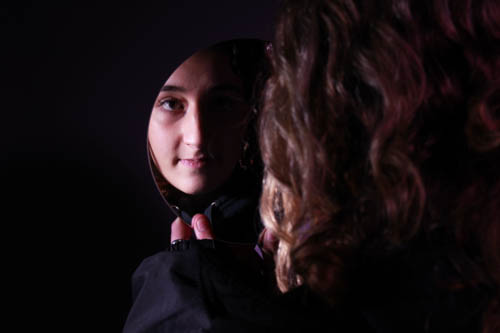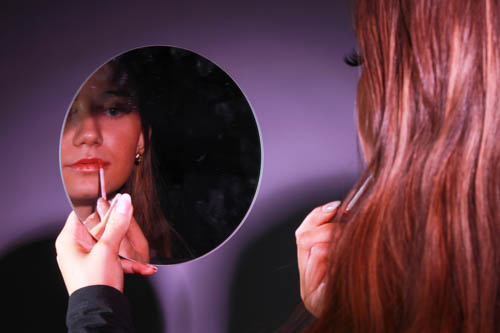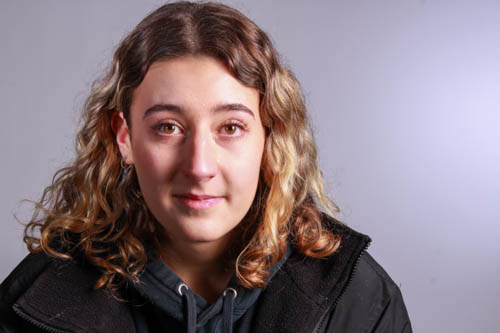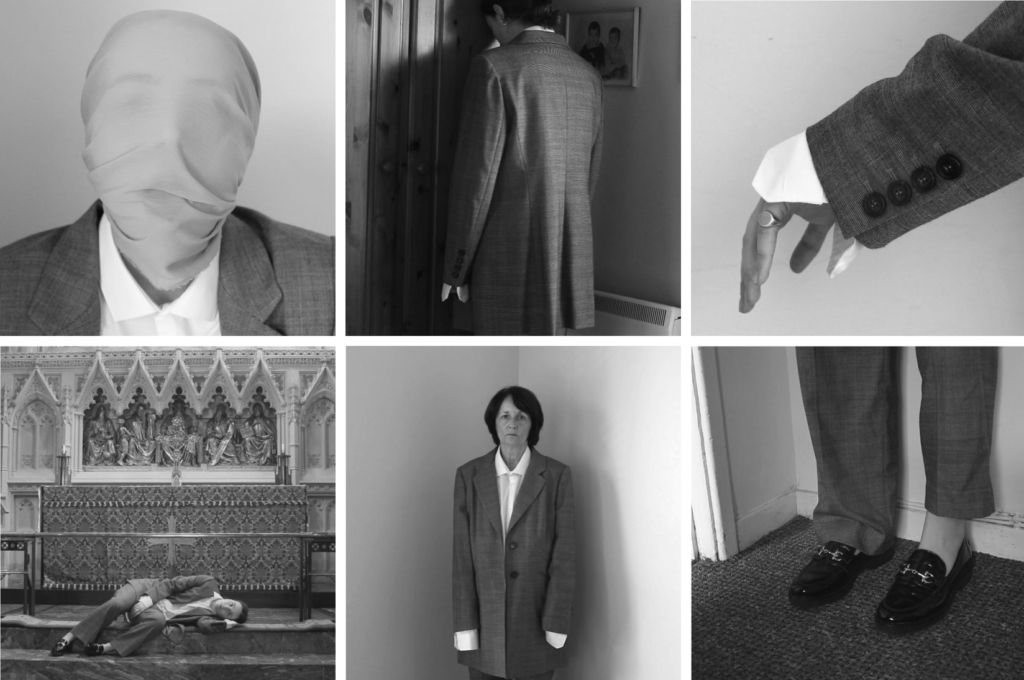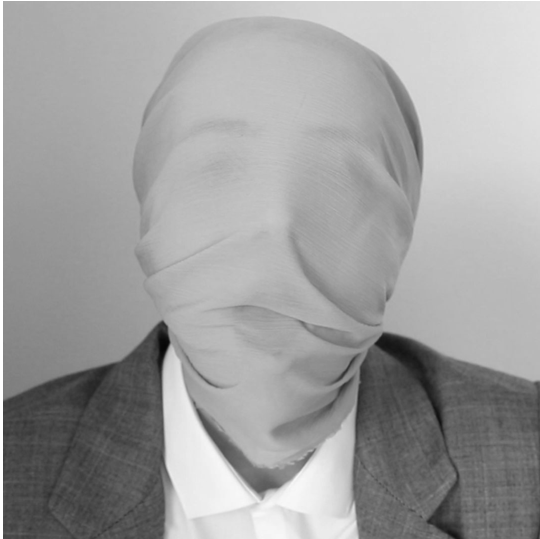‘Life is your art. An open, aware heart is your camera. A oneness with your world is your film.‘
Ansel Adams was an American photographer and environmentalist known for his black-and-white images, documenting his experiences in the West. He had a visionary belief in the conservation of nature and wanted to inspire that through his images. At the age of twelve, Adams found a passion for the piano, acting as a distraction from the bullying he received from classmates due to his disfigured nose from an accident that occurred when he was four. Throughout the 1920s, Ansel was pursuing both music and photography however once realising that he wasn’t able to become a professional musician, he transferred to photography for his future. Adams always enjoyed spending time outside taking images of nature and growing a strong love for it, desperate to capture such an overwhelming experience on film. The process began when he was just age 14, gifted a Kodak No. 1 Box Brownie Camera. This passion grew as he got older whilst more natural spaces were destroyed by the growth in man-made machinery and building of factories in the 20th century as he wanted to conserve these important spaces.
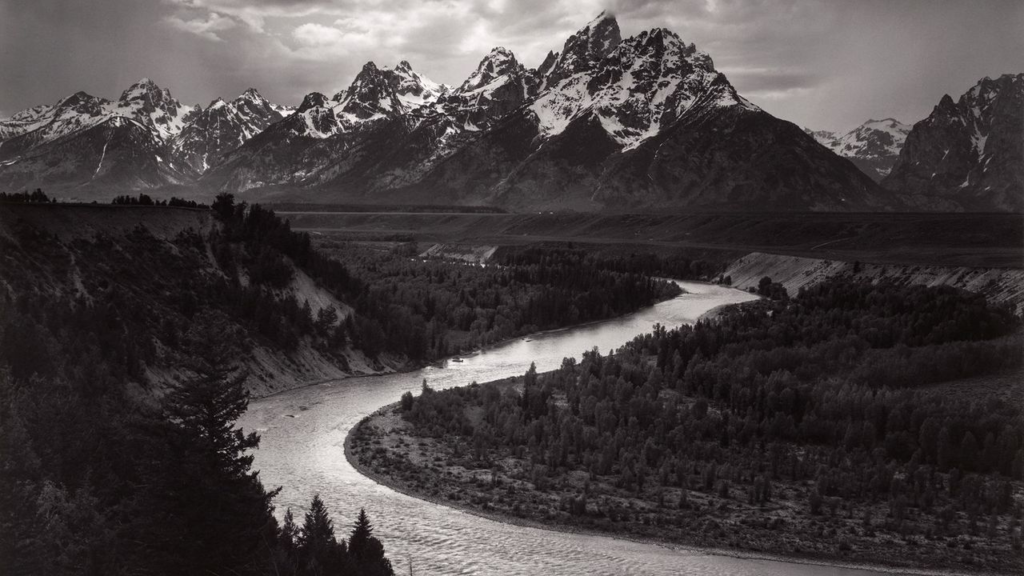
In 1932, Adams founded Group f/64 with Edward Weston, referring to the smallest aperture setting on a camera to achieve the sharpest detail and depth of field. He would travel on hikes through areas such as Yosemite National Park, being his greatest inspiration as these were areas with great natural structures.
The Zone System
Ansel Adams used a technique called the zone system – a scale from 0-10 showing the different shades beginning at pure black to pure white. He used this as a way of visualising how the image would look before he even took the image, he called this seeing into the minds eye. By doing so, he could use his exposure to show the illuminance of each subject in the image to achieve his intention. For example, due to exposure metering the camera may not be able to fully show the detail of a darker object in the image however by using the Zone system it allows tonal balance and contrast. This means that Ansel Adams was able to achieve the shot he previsualised as he will know what it will produce before he even takes it.
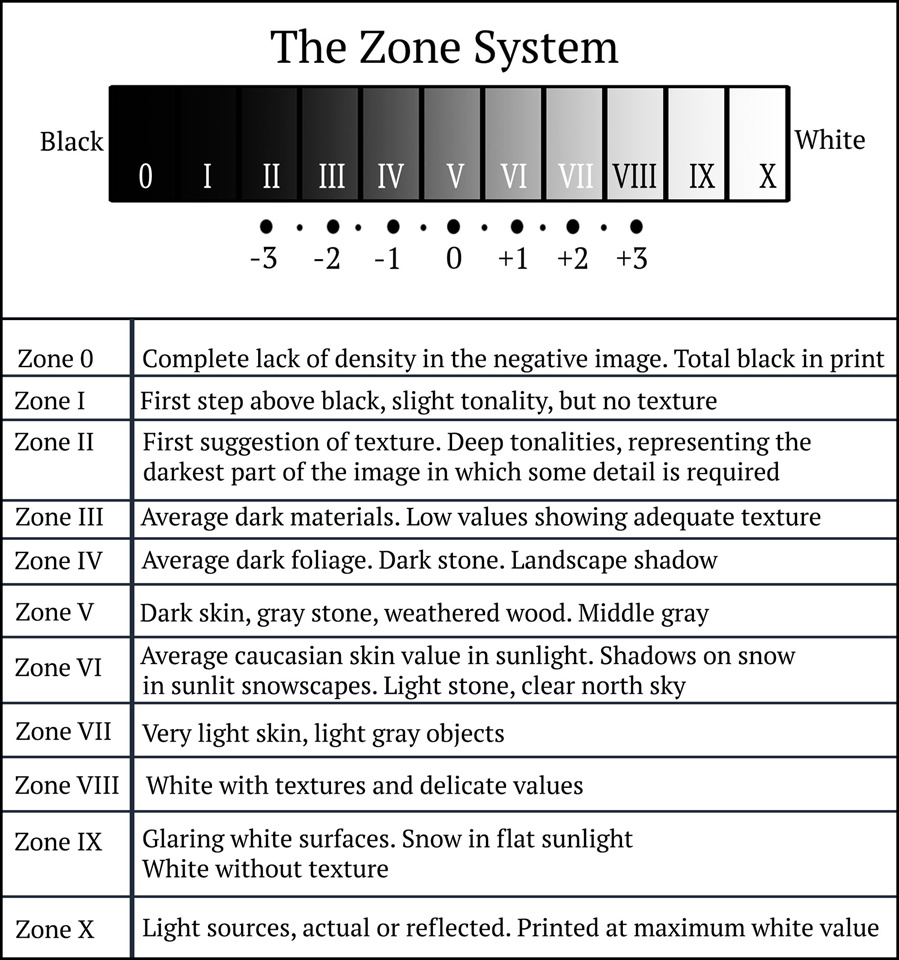
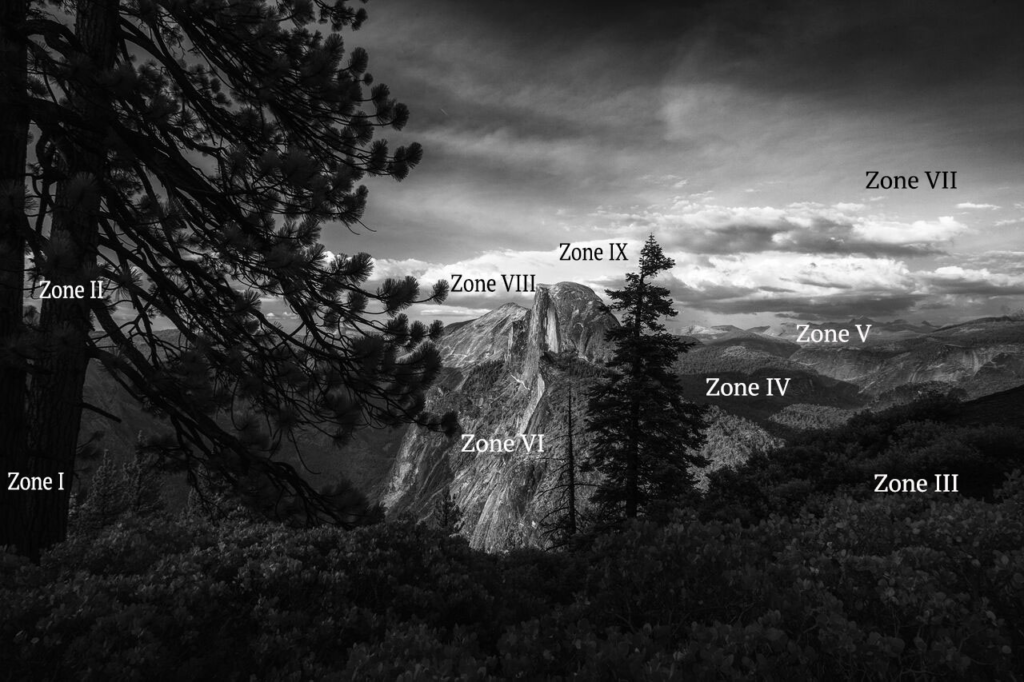
Analysis of his most famous image
